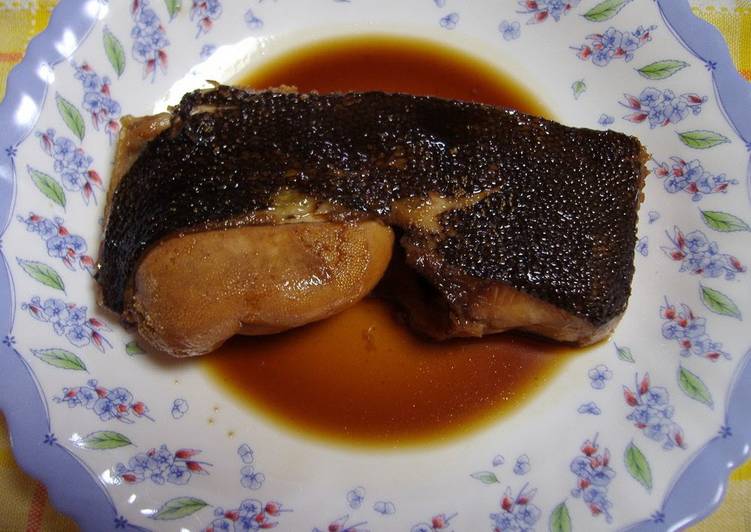Simmered Flounder Fish. [ENG KOR JPN] A series of Japanese home cooking. In this video, I show you how to make Japanese simmered flounder fish dish. It is simmered in delicious soy.
 Flounder fish has a mild flavor, with a touch of sweetness in some specimens.
Benefits include reducing cholesterol, protecting fetal health, & lowering inflammation.
Trouvez des images de stock de Simmered Flounder a Traditional Japanese Food en HD et des millions d'autres photos, illustrations et images vectorielles de stock libres de droits dans la collection.
You can cook Simmered Flounder Fish using 7 ingredients and 4 steps. Here is how you cook that.
Flounder fish has a mild flavor, with a touch of sweetness in some specimens.
Benefits include reducing cholesterol, protecting fetal health, & lowering inflammation.
Trouvez des images de stock de Simmered Flounder a Traditional Japanese Food en HD et des millions d'autres photos, illustrations et images vectorielles de stock libres de droits dans la collection.
You can cook Simmered Flounder Fish using 7 ingredients and 4 steps. Here is how you cook that.
Ingredients of Simmered Flounder Fish
- You need 3 of pieces Flounder fish.
- Prepare 150 ml of Water.
- You need 2 tbsp of Sugar.
- Prepare 2 tbsp of Sake.
- Prepare 2 tbsp of Mirin.
- You need 3 tbsp of Soy sauce.
- You need 5 slice of Thinly sliced ginger.
The summer flounder (Paralichthys dentatus) is a marine flatfish that is found in the Atlantic Ocean off the East Coast of the United States and Canada. It is especially abundant in waters from North Carolina to Massachusetts. A wide variety of arrowtooth fish flounder options are available to you, such as variety, certification, and product type. Fluke also called summer flounder are a very fun fish to catch all summer long in the bays of New Jersey and along the east coast.
Simmered Flounder Fish step by step
- Put the water and seasonings in a saucepan and bring to the boil..
- Turn the heat to medium, and add the fish and ginger slices. Cover with a sheet of aluminium foil so it fits right over the fish (as a drop-lid)..
- Let it simmer for 15-20 minutes so all the flavours blend..
- Transfer to serving plates and enjoy..
If a lot of sauce remains, remove fish from the wok onto a serving dish. Flounder that is prepared and simmered on the stove, often cooked in alchohol. This recipe is based off of karei no nitsuke, loosely translating as "boiled flatfish". Looks tasty, but adds no nutritional value whatsoever. Ariel's Flounder and an actual flounder do share at least one important characteristic, though.